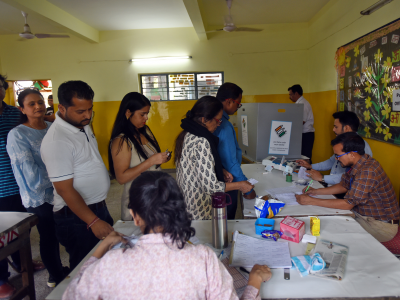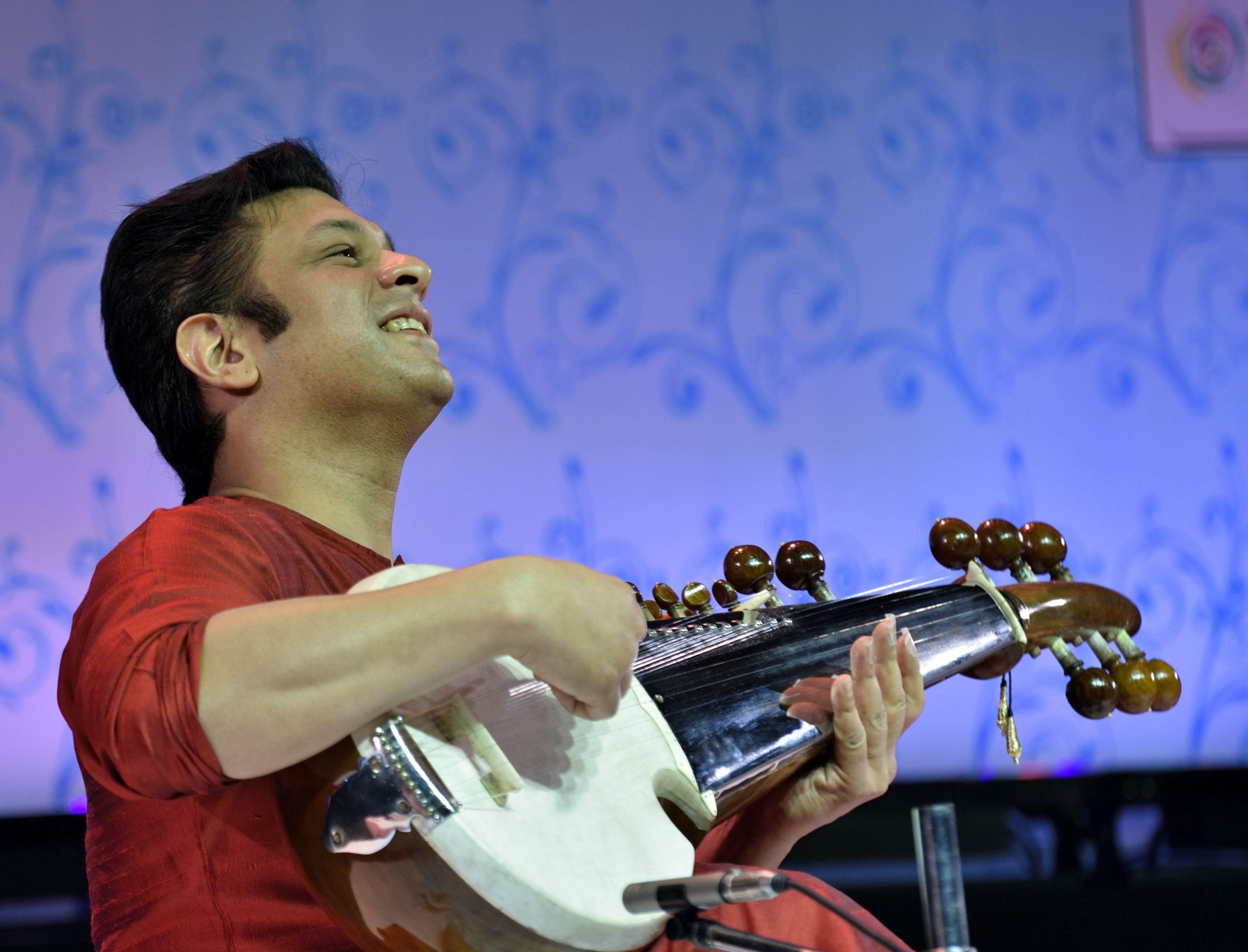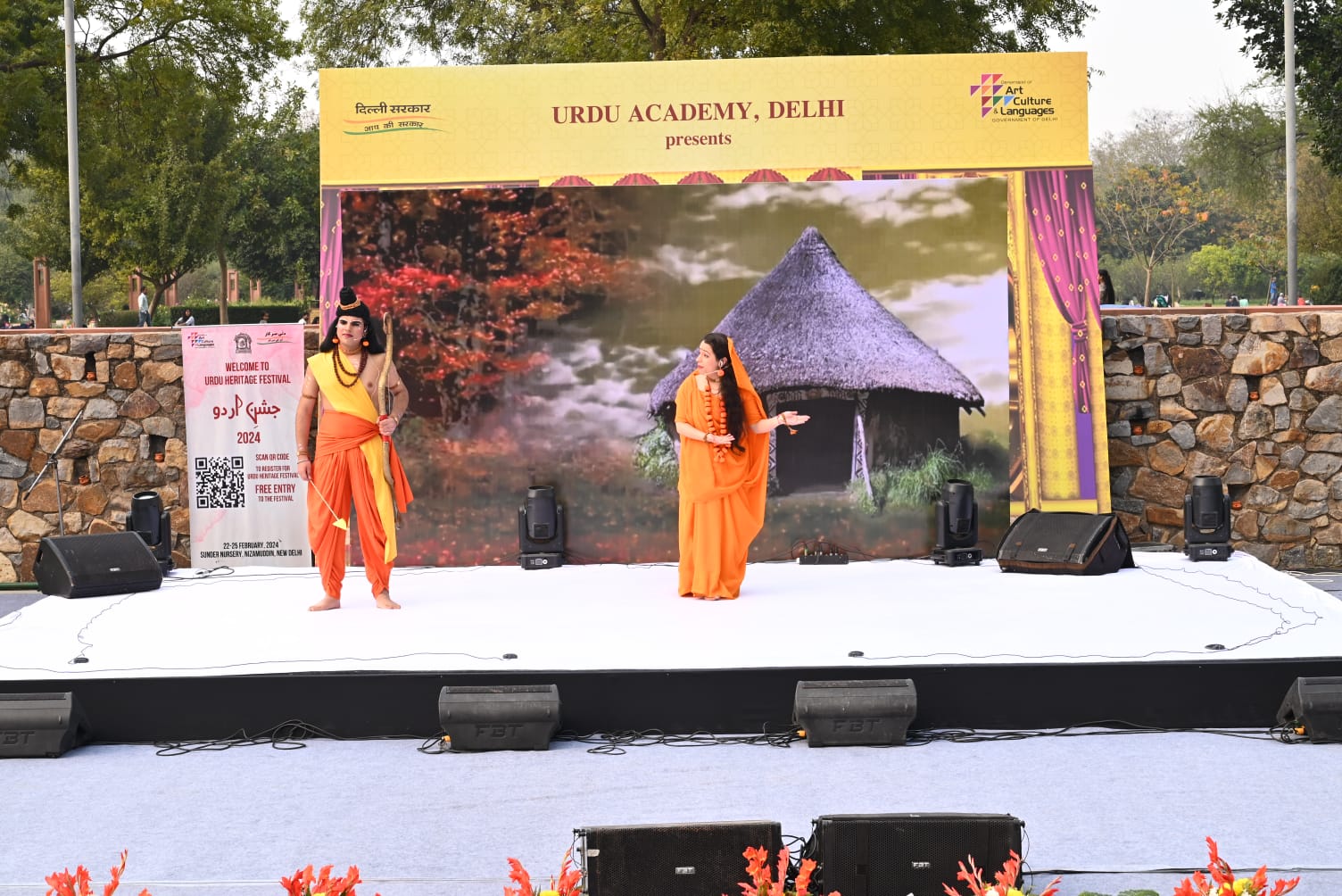As the world adjusts to the ‘new normal’, art has moved beyond the conventional confines of dedicated art studios
Confined to one’s home, the idea of a conducive space to work in, has been reshaped and modified in current times. Naturally, the art world too has seen a shift in their studio spaces, which has been aptly documented in a video series titled, ‘Alt+Shift+Studio’.
Featuring four artists, this weekly series of long-form conversations and video tours takes the pulse of contemporary artistic practices through the ways in which infrastructures meet ideas. Each episode breaks down the traditional image of an isolated space of production that we usually associate studios with. It shows how contemporary artists redefine the idea of an artists’ studio in the 21st century.
Curated by Dubai-based Ishara Art Foundation, they took up this conversation with some of the artists they exhibited in the past years.
“It felt like a timely moment to learn from artists who have been improvising with and responding to changing environments and what constitutes their studio. There seems to be a profound re-spatialisation of experience happening in the world where contours of public and private spaces, work and home, physical and virtual worlds are being redrawn,” says Sabih Ahmed, Associate Director, Ishara Art Foundation.
Ahmed opens the series with a pertinent question in the introductory video, which sums up the essence of the entire series. “The artist studios have changed from what they signified in the 20th century. These were spaces of isolation where artists drew from their inspiration. What if we told you this was a fantasy?”
Opening with artist Rajyashri Goody, the first episode lays out an expanse of shared spaces in which her practice is situated, from international residencies to neighbourhoods, artist-run spaces, a government established paper factory, family archives and public libraries in Pune. Currently, the lockdown has transformed her bedroom into a studio, she shares.
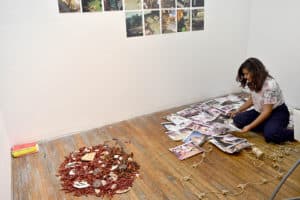
“This was an incredibly valuable experience for me, especially in this time of uncertainty. It allowed me to organise and map out how my current body of work grows in relationship with the city I live in, and it also led me to better understand how the spaces and individuals I’ve worked with over the last five years have impacted my practice,” says Goody.
While Goody throws light on physical spaces, the next artist puts the spotlight on digital studios and its increasing prominence. The second episode features multidisciplinary visual artist, working in New York and Pakistan, Umber Majeed.
She highlights the tensions between the physical and digital realms in which her practice resides. Majeed describes her studio as an interface between her hard drives, binders of archival material in Lahore and New York, printers and scanners, and a green screen.
Co-Curator Laura Metzler, however points out that while the digital space is growing steadily, it is definitely not taking over. “We did not want to limit our conversations to the present moment as a space of confinement but rather ask artists to share how they ‘create’ spaces to work and live. The pervasiveness of digital technology has been an important infrastructural transformation for all arts, but when you view the episodes you realise that that digital occupies a central place only for two out of the four artists,” says Laura.
In fact, the idea of a digital studio has nothing to do with the practice for photographer Randhir Singh. For him, the field is his studio. Features in the third episode, he considers his studio through his movement and interactions with the city of Delhi. He analyses his own working structure through the line, point and field that guide his architectural photography. Through his presentation, he explores the relationship he has formed with the Capital.
The upcoming last episode features Abdul Halik Azeez, who raises questions around whether it is even necessary to have a studio in order to be an artist in the 21st century.
This brings us to the question – are contemporary artists redefining their studios because the idea of a separate space is also a luxury many cannot afford in any given urban area?
Ahmed doesn’t quite agree with the same and feels that the redefinition of the artist’s studio is part of a larger shift in the field of contemporary art practice.
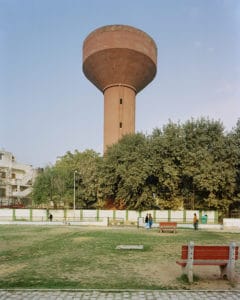
“Contemporary artists in recent decades have produced works that range from elaborate fabrications, use mass-produced objects, performance and speech acts, archives, videos, site-specific interventions, to instructions that are carried out by others. We are seeing artists work out of laboratories, observatories, agricultural farms, kitchens as much as fabrication workshops and editing studios. While changes in the real estate market play a role, I believe it is these factors that have necessitated an expansion of the definition of studios more significantly. We hope this series will contribute to those conversations,” he concludes.
The series can be viewed on Ishara Art Foundation’s official website
(Cover: For photographer Randhir Singh the city of Delhi is his studio)


